Garfagnana and Middle Valley villages, which ones to see: top 10
Garfagnana, or theupper Serchio Valley, corresponds to the northernmost area of the province of Lucca, squeezed between the Apuan Alps on one side and theTuscan-Emilian Apennines on the other. Among its mountains, rich in chestnut forests, and reaching up to the 2,054-meter altitude of Mount Prado, the highest peak in all of Tuscany, are hidden villages rich in history that continue also in the Middle Serchio Valley, that is, the area that goes from the towns around Lucca to the first villages of Garfagnana. The two areas are often confused, due to the fact that the Middle and Upper Valleys are seamless, and that the history of the towns found in this area has always been linked to that of Garfagnana, although there have been periods when Upper Valley and Middle Valley were divided (in particular, Garfagnana was the domain of the Este family, while the Middle Valley belonged to the Republic of Lucca, with the significant exception of Barga, the most populous center in the area, which from the 14th century until the Unification of Italy was a Florentine domain. What are the most beautiful villages to see in this beautiful area of Tuscany? We have selected ten of them.
1. Castelnuovo Garfagnana
A town of just over five thousand inhabitants, it is historically the capital of Garfagnana, inhabited since the early Middle Ages: however, it was from the 14th century that it became one of the main centers of the area. First placed under the rule of the Republic of Lucca, from 1429 it became a city of the Duchy of Ferrara. The Este family made it the capital of the province of Garfagnana, and from then on Castelnuovo Garfagnana experienced rapid development. Ludovico Ariosto resided in Castelnuovo when he was sent by Duke Alfonso I d’Este to govern this territory. The Rocca Ariostesca, the fortress that housed him during the period when the poet was governor of Garfagnana, is named after him. Worth seeing in the beautiful historic center of Castelnuovo are the Cathedral of Saints Peter and Paul, of medieval origin but remodeled during the Renaissance, which preserves Tuscan works from the 16th century, the Loggiato Porta on the first floor of the Palazzo Comunale, the Porta di Castruccio, and the walls.
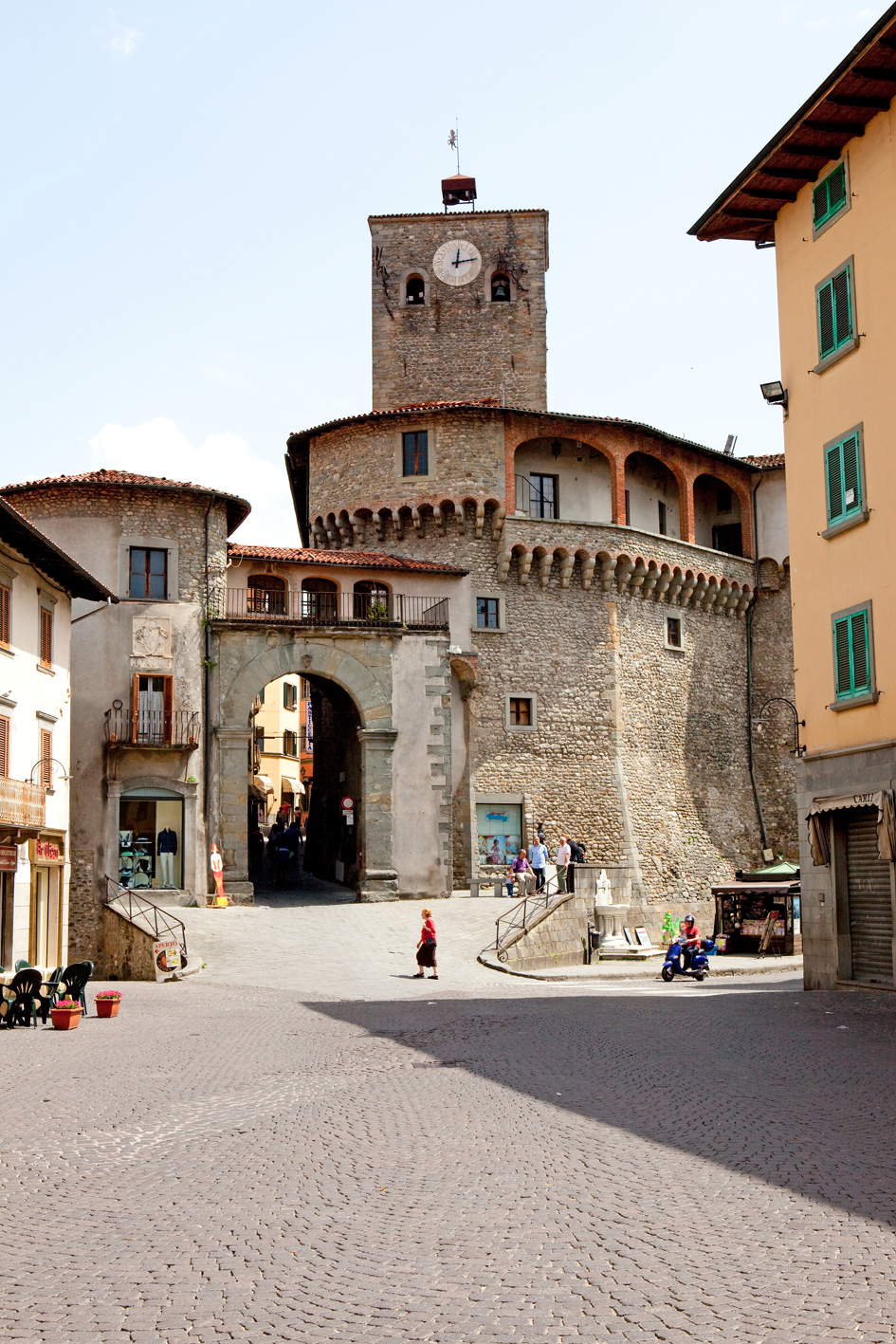
2. Castiglione di Garfagnana.
Clinging to a mountain spur overlooking the Serchio River, Castiglione di Garfagnana, is a medieval village surrounded by chestnut and beech forests. Of Roman origin (“Castrum Leonis”), it was one of the main centers of the Republic of Lucca, because it was in a strategic position to control the road that led to the San Pellegrino Pass and then to the Modena territories: its austere appearance is also due to the fact that this walled village was in ancient times a Lucchese exclave in the Este Garfagnana. The mighty walls, complete with towers, of Castiglione Garfagnana are its main attraction. The most important gate, Porta Ponte Levatoio, by its name is a reminder of how people entered the town in ancient times. The medieval castle and the beautiful church of Saints Peter and Michael, Romanesque in appearance, though restored several times, especially in the 18th century, are worth seeing: its interior contains a 14th-century Madonna and Child and a ciborium from the school of Matteo Civitali. From Castiglione one can take the provincial road that goes toward Modena and visit the village of San Pellegrino in Alpe, located at over 1,500 meters above sea level, the highest inhabited village in all the Apennines, which moreover enjoys a unique peculiarity: the village belongs administratively to two municipalities (Castiglione di Garfagnana and Frassinoro), two different provinces (Lucca and Modena) and two different regions (Tuscany and Emilia-Romagna).
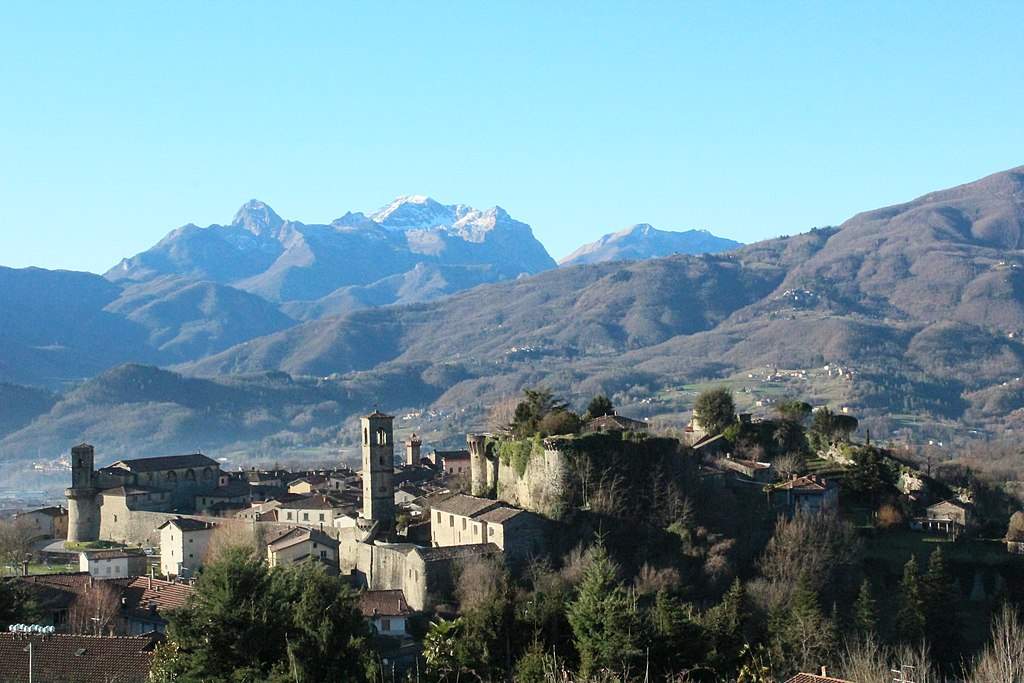
3. San Romano in Garfagnana
An ancient medieval village and relevant center of the Este Garfagnana, it is located in a territory formerly inhabited first by the Apuan Ligurians and then by the Romans. Located in its municipal area is the Verrucole Fortress, one of the most important castles in northern Tuscany, built in the Renaissance by the Este family, and recently restored to be open to the public (you can also visit the Archeopark, which offers visitors a historical reconstruction of an ancient Garfagnana village: you can also get involved in activities). In the village, visit the church of San Romano Martire, which has its Baroque facies on the outside: the interior features a wooden, 17th-century statue of St. Romano.
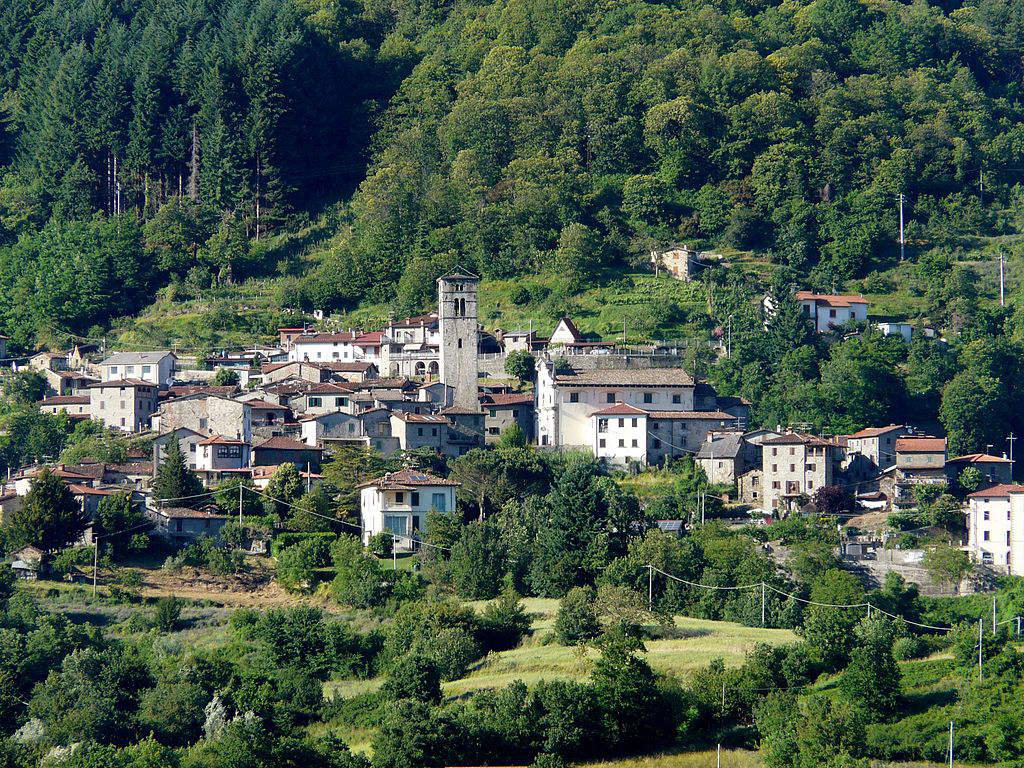
4. Minucciano
Minucciano is located in one of the most rugged and inaccessible areas of Garfagnana, squeezed into the side of the Apuan Alps, but the scenery one admires from this hamlet repays the journey. All around, forests as far as the eye can see, and in the very ancient village (this area was inhabited as early as prehistoric times: suffice it to say that some stele statues have been found here, a sign that Ligurian Apuanians lived in the Minucciano area) you can visit the parish church of San Lorenzo, first mentioned in 1148, which is notable for its Romanesque salient facade (although the portal is 17th-century). From Minucciano it is then possible to make excursions to nearby Lake Gramolazzo, a favorite destination for mountain trips for the inhabitants of the provinces of Lucca and Massa-Carrara, and to the village of Gorfigliano, located on the slopes of Mount Pisanino, where there is the Museum of the Identity of the Upper Garfagnana, which tells the story of how people lived in these lands in ancient times.
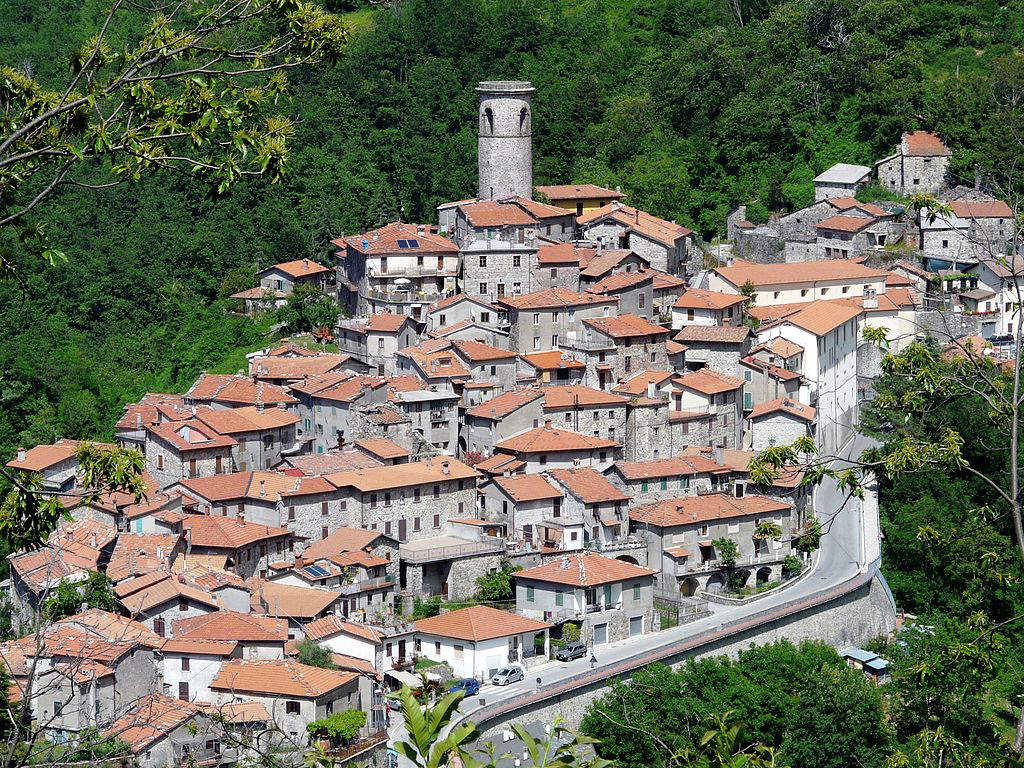
5. Corfino
A hamlet of the municipality of Villa Collemandina, Corfino is a pretty mountain village, with medieval stone houses clustered around the church of San Lorenzo, and dominated by the mass of Pania di Corfino, the imposing mountain that towers among the heights included in the Orecchiella Natural Park, one of the most beautiful in Tuscany: Corfino is the base for visiting the park, with long hikes through its lush woods.
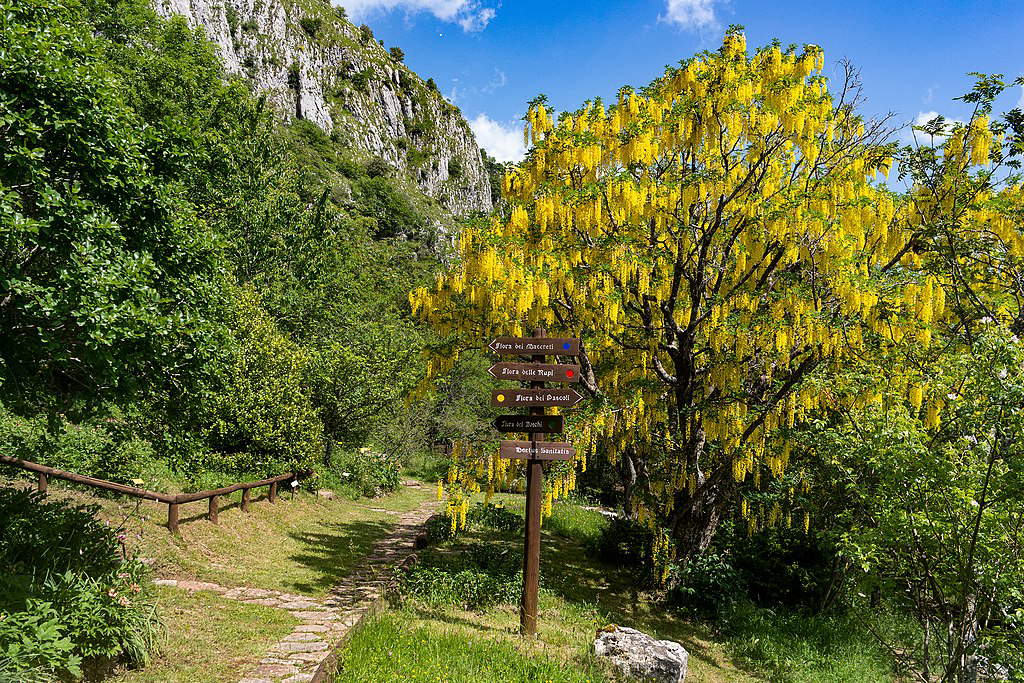
6. Barga
Barga(read more about it here) is the most populous town in the Media Valle del Serchio, and consequently the most lively center in this area of Tuscany. It is located in an area inhabited since prehistoric times, but today’s Barga probably originated around the 10th century. Disputed in the Middle Ages between Lucca and Pisa, from 1341 it was under Florence, and remained there until the Unification of Italy, which is why the elegant historic center of Barga has an unusual appearance for this area: in fact, the town underwent important urban transformations during the Renaissance, a period during which the construction of important Renaissance-style palaces was started, such as Palazzo Pancrazi, now the seat of the Municipality, Palazzo Bertacchi-Cordati, Palazzo Balduini, and Palazzo Angeli. On the other hand, the Palazzo del Podestà dates back to the late Middle Ages, and even older is the Cathedral of St. Christopher, built before the year 1000. It is the largest and most important building of worship in the area: in Romanesque-Gothic style, it is a treasure trove of medieval art, since it preserves a relief attributed to Biduino depicting a miracle of St. Nicholas, a splendid early 13th-century pulpit attributed to the school of Guido Bigarelli, a 14th-century painted cross, and the colossal statue of St. Christopher, patron saint of the town, from the late 12th century. Barga was also the place of residence of Giovanni Pascoli, who dedicated the famous poem L’ora di Barga to the town: in the hamlet of Castelvecchio it is possible to visit his house-museum.
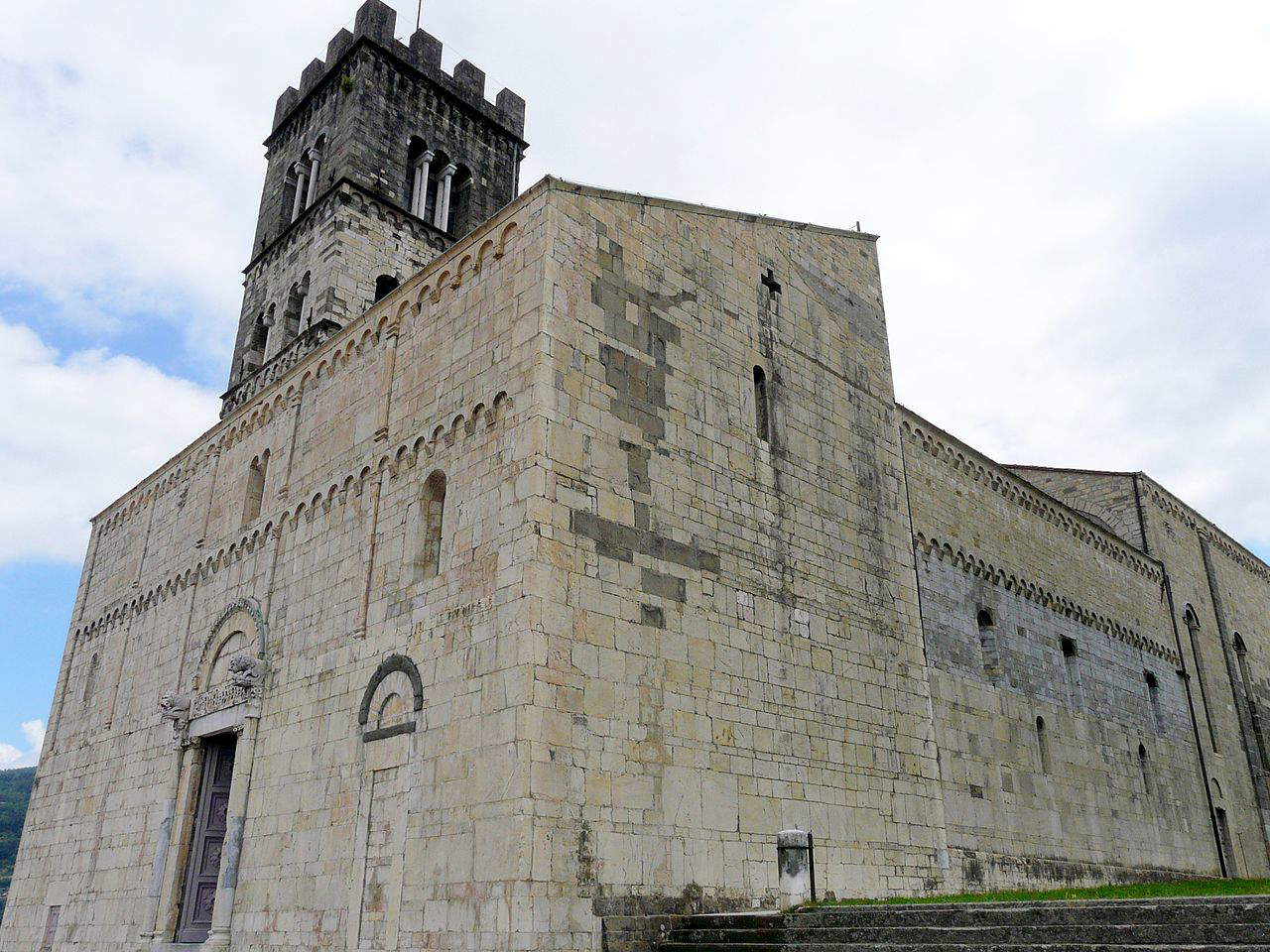
7. Coreglia Antelminelli
One of the most pleasant villages in the Media Valle del Serchio, Coreglia Antelminelli(read more about it here), of medieval origins, is famous for its “figurinai,” or artisans who in ancient times produced plaster figurines, which could once be seen everywhere in the streets of the village, and then emigrated en masse to the United States where they exported this unique product (even Giovanni Pascoli spoke of the figurine makers who emigrated to America in his poem Italy), the history of which is now retraced in the rich Museum of Chalk Figurine and Emigration, opened in 1975 in Palazzo Vanni. We then stroll through the stone-paved streets of the historic center, between sumptuous palaces and more modest dwellings, until we arrive at the 11th-century church of San Michele (although the interior was renovated between the 18th and 20th centuries): a 15th-century wooden crucifix, a 16th-century marble statue of St. Michael, and two 14th-century Gothic marble sculptures depicting the Annunciation are kept here.
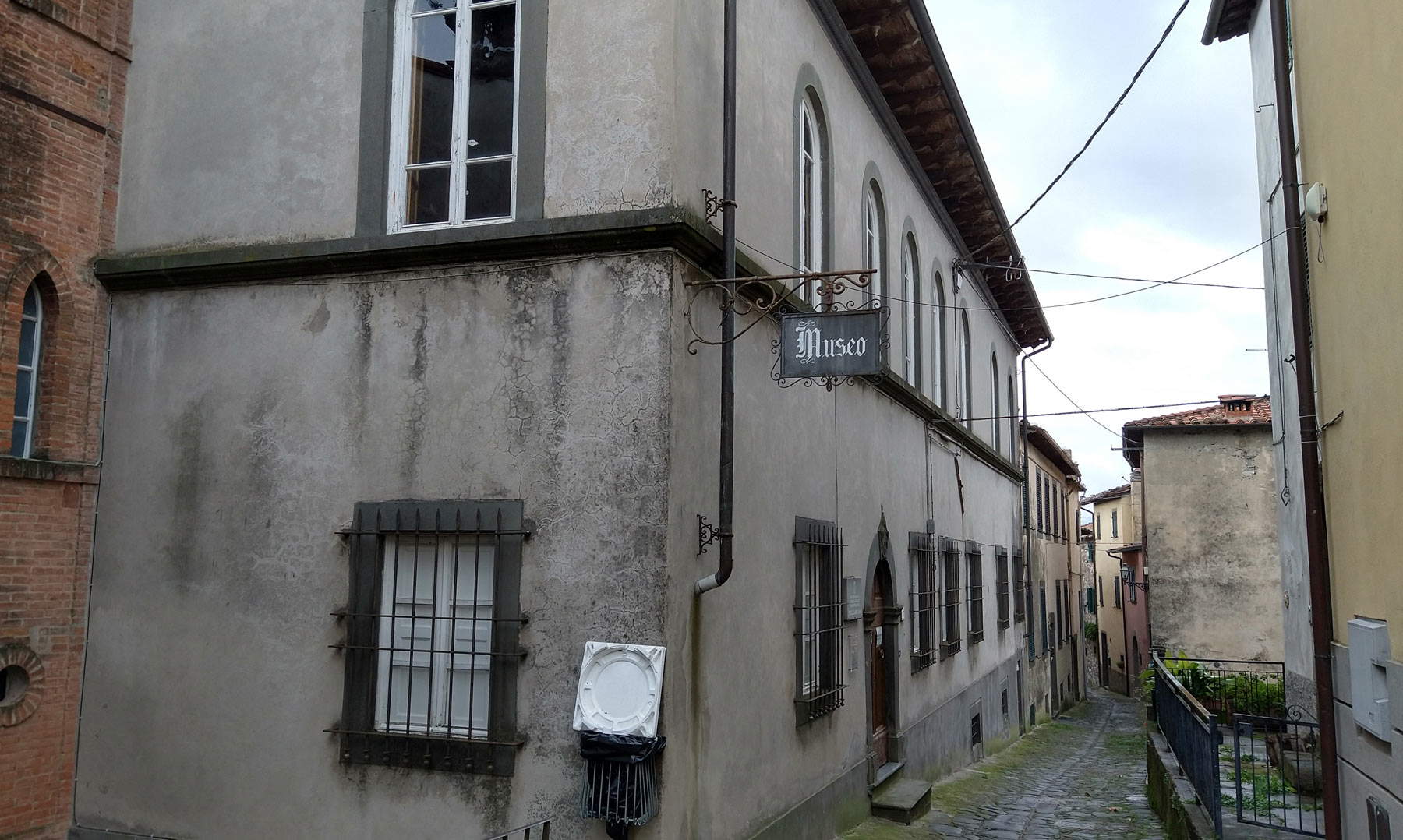
8. Borgo a Mozzano
Located about 20 kilometers from Lucca, Borgo a Mozzano lies along the banks of the Serchio River, and its historic center, which consists of three main streets (Via Roma, Via Umberto I and Via della Repubblica) that flow one after the other seamlessly, among large Renaissance and 17th-century palaces, has an oblong shape, and starts from the very famous Magdalene Bridge, also known as the Devil’s Bridge (an 11th-century bridge, later rebuilt in the 14th century and remodeled in the 20th century to allow the Lucca-Aulla railway to pass under it, famous for its peculiar humpback shape, which touches 95 meters in height: a great engineering feat for the time), to the church of Madonna dei Ferri. More or less at the center of this kilometer-long tongue of palaces is the church of San Jacopo, which houses a glazed terracotta by Andrea della Robbia and one by Benedetto Buglioni, as well as a wooden statue by Matteo Civitali. The Civic Museum houses archaeological finds, works and ancient objects that tell the history of the area. Also worth seeing is the well-preserved convent of San Francesco, with frescoes by Domenico Manfredi.
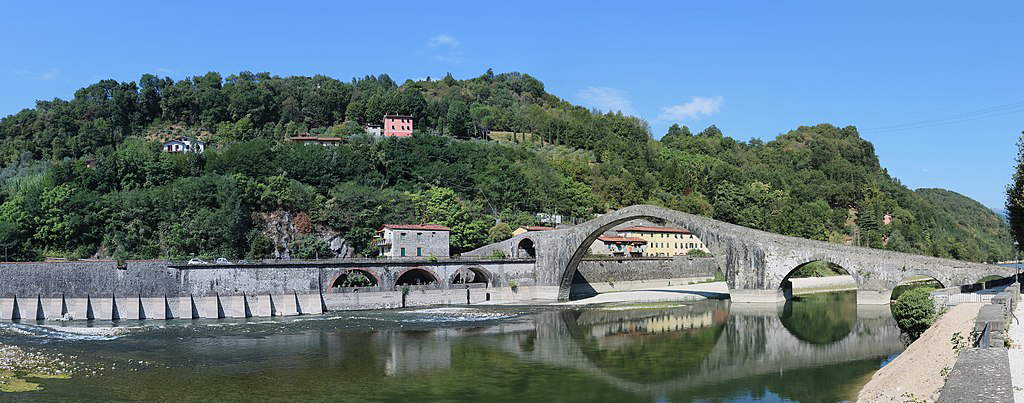
9. Baths of Lucca
A spa center known since Roman antiquity, it was a place for bathing in its precious waters even in the Middle Ages, and as early as the Renaissance Baths of Lucca became a resort (the nobles of Lucca in the 16th century began to build their suburban residences here), but its fame exploded in the 19th century, when Baths of Lucca became a destination for international tourism: the world’s first casino, opened in 1713 at the Jean Varraud Establishment, was located here, while the first gambling house not attached to a spa, the Baths of Lucca Casino, now a museum, opened in the 19th century. Currently, Baths of Lucca’s reputation is no longer what it once was, but several spas have remained active, and there is also much to see, starting with the famous Chain Bridge, built in 1860 to a design by Lorenzo Nottolini, and then the Demidoff Chapel, the English church, the Buonvisi Palace, and much more.
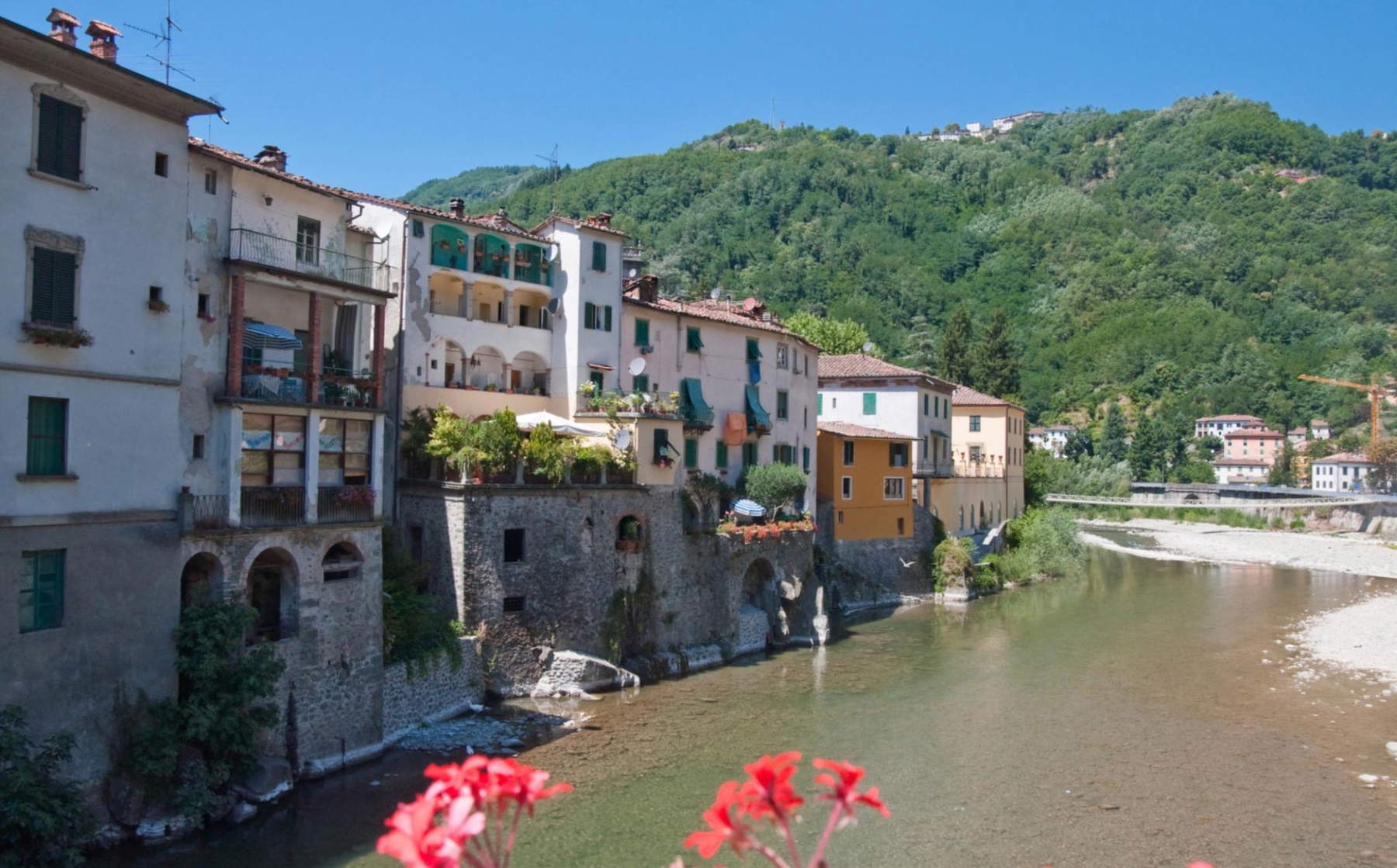
10. Pescaglia
It has medieval origins and had an important defensive function in ancient times since Pescaglia, which was under the Republic of Lucca, bordered the Este’s Castelnuovo Garfagnana. In the center one can visit the church of Saints Peter and Paul, which has a massive Romanesque bell tower, and just outside Pescaglia of great interest are the Romanesque parish church of St. John the Baptist in Monsagrati, the church of Saints Ippolito and Cassiano in Gello, and the quaint village of Colognora di Pescaglia, with its stone houses and streets, chosen by Spike Lee as the set for his film Miracle at St. Anna. Located in Colognora is the Chestnut Museum, opened in 1985 to highlight the product that most represents this territory, and to tell the whole story and the whole economy that since ancient times revolved around the most precious fruit of the woods.
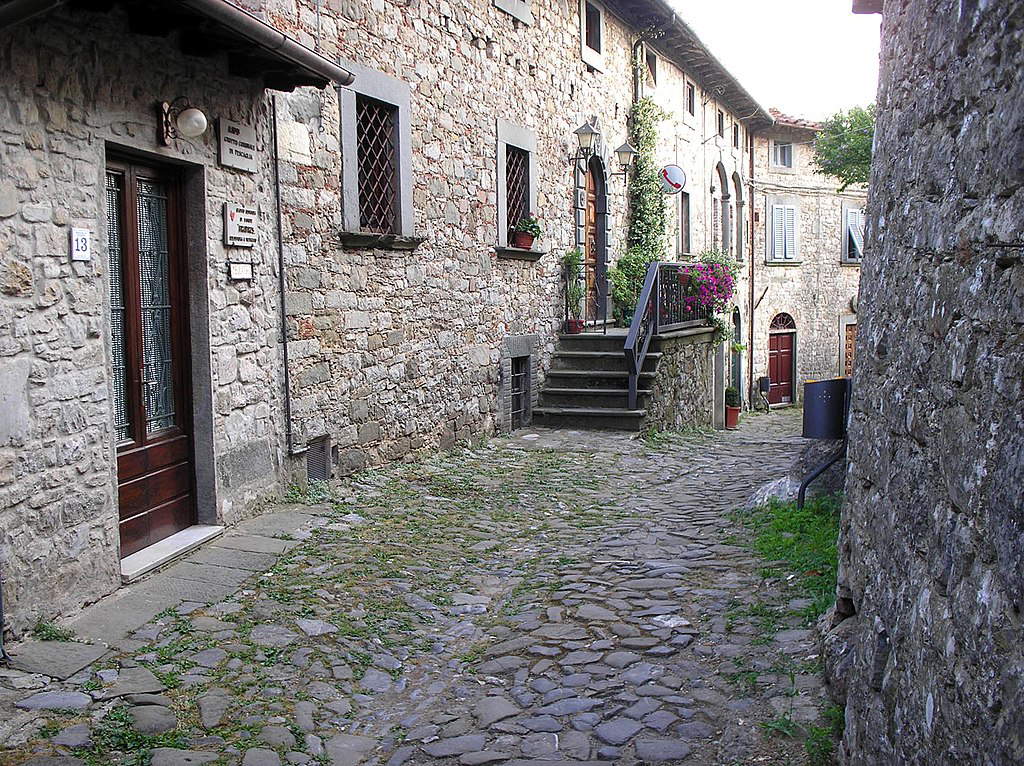
 |
| Garfagnana and Middle Valley villages, which ones to see: top 10 |
Warning: the translation into English of the original Italian article was created using automatic tools. We undertake to review all articles, but we do not guarantee the total absence of inaccuracies in the translation due to the program. You can find the original by clicking on the ITA button. If you find any mistake,please contact us.





























